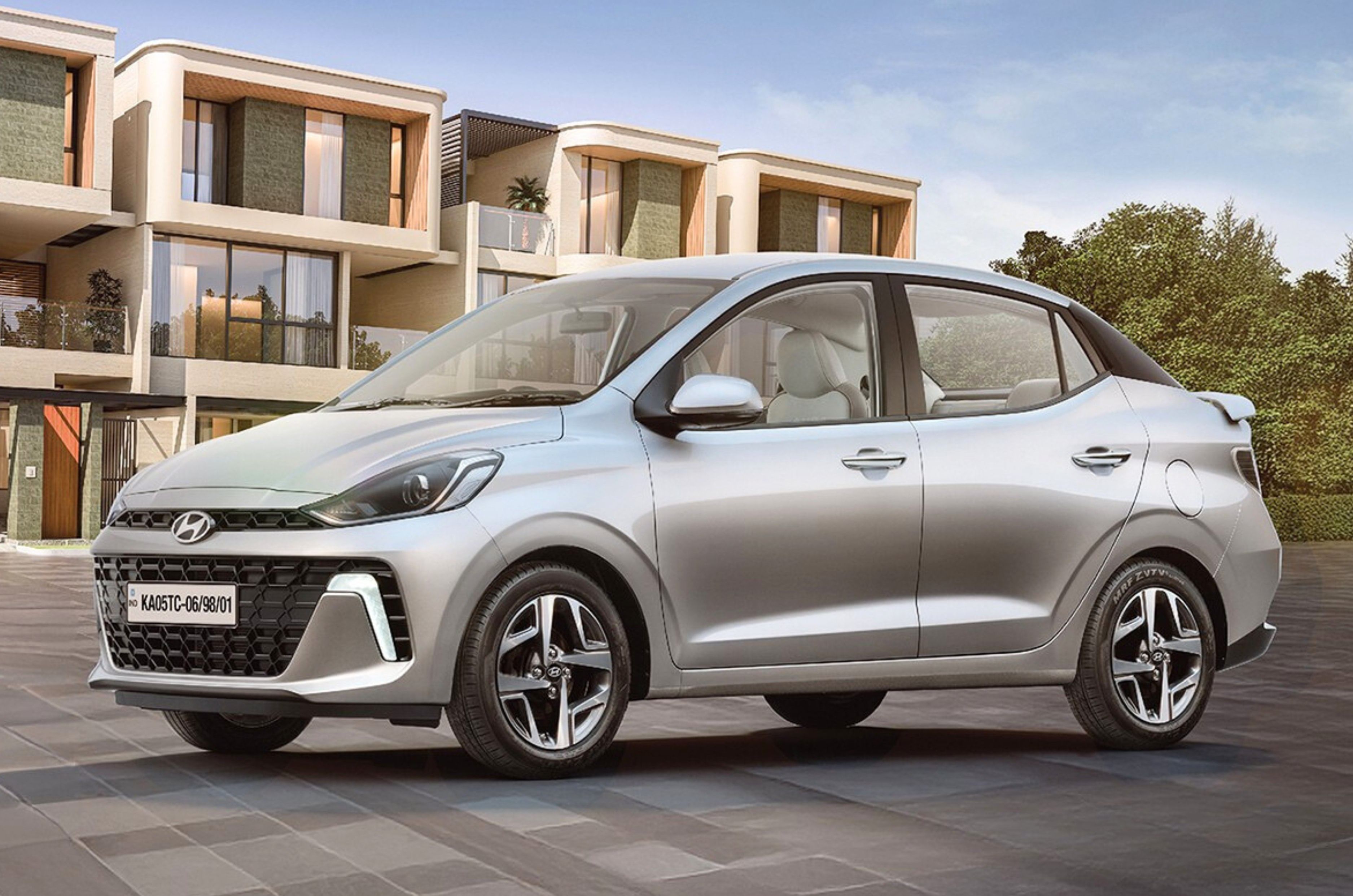The Pulsar NS400Z recently got an update that brought better parts and more features.
Bajaj recently updated the Pulsar NS400Z, addressing some earlier concerns. Here are 3 reasons to consider the NS400Z and two reasons not to.
1. A much better all-round package:
It gets a wider 150-section rear tyre now
.jpg?w=700&c=0)
With this update, Bajaj has addressed some essential gripes with the outgoing model. For starters, it gets new, stickier radial tyres from Apollo, a wider 150-section rear tyre, and the front brake pads are now sintered. All in all, this makes the Pulsar NS400Z a much better all-round package that is hard to beat.
2. More power and kit
The NS400Z now produces 43hp in Sport mode
.jpg?w=700&c=0)
Another gripe with the earlier model was that it lacked the outright aggression its spec sheet suggested. With this update, Bajaj has altered the Sport mode to offer 3hp more, up from 40hp, along with a more aggressive Sport map. In addition, the bike also gets a software-based bi-directional quickshifter that works in tandem with the gear-position sensor and gear drum. This system detects minute movements to determine the rider’s intent to shift gears. Bajaj has also moved to a forged piston for better thermal stability.
3. Stellar pricing
The 2025 variant is priced Rs 7,000 higher than the outgoing variant
Early last year, when Bajaj launched the NS400Z at a price tag of Rs 1.85 lakh, it grabbed plenty of attention – marking the return of an affordable 400cc offering from Bajaj, the first being the KTM 390 Duke back in 2013.
With these updates, Bajaj has made the Pulsar NS400Z an even better proposition – all for a meagre hike of just Rs 7,000. Now priced at Rs 1.92 lakh, it goes up against bikes like the R15 and MT-15, the Hero Xtreme 250R, as well as the Triumph Speed T4. But none of these offer as much performance as the Pulsar.
Here are two reasons why the NS400Z could let you down.
1. Dated dash:
This dash allows you to cycle through various riding modes
.jpg?w=700&c=0)
Although this digital dash debuted just last year, it’s already starting to show its age. The larger display with the rev-counter and speedo indicator doesn’t look bad and gets the job done. However, the right third of the dash feels like a throwback – thanks to the dot-matrix display with its blue backlighting and large, dated-looking pixels.
Now that Bajaj has been steadily rolling out this dash across other Pulsars – and more recently, the Dominar – it doesn’t seem like this setup is going away anytime soon.
2. Suspension could be better:
It gets a 43mm USD and a monoshock
In terms of hardware, it gets a 43mm USD fork and a monoshock. The front suspension soaks up bumps effectively and maintains composure even over rough patches. That said, the front isn’t entirely without fault. Under hard braking, there’s a noticeable amount of nose dive, which can unsettle the rider and impact stability. The rear suspension, too, isn’t as forgiving – it tends to feel a bit harsh over a series of undulations and can toss the rider around slightly, especially at higher speeds or over broken roads. A re-tune or softer setup at the rear could go a long way in improving overall ride comfort.
A bit more firmness or progressive damping at the front would help round off the NS400Z’s ride and handling package nicely.













.jpg?w=700&c=0)











































